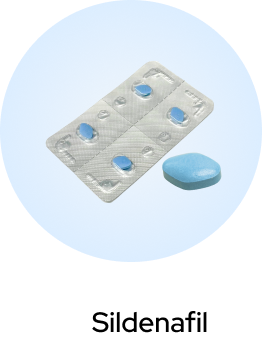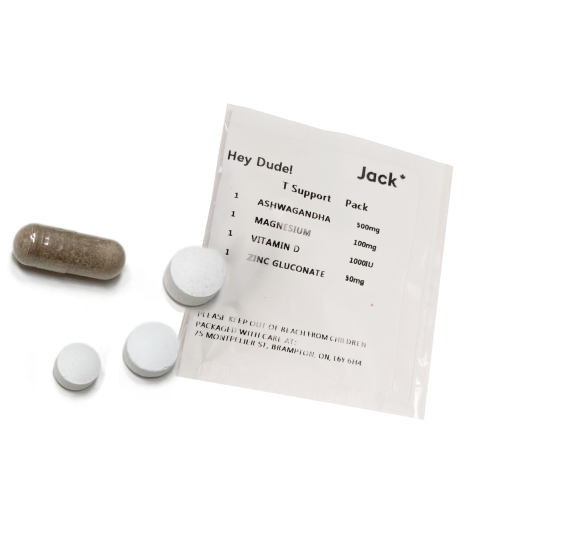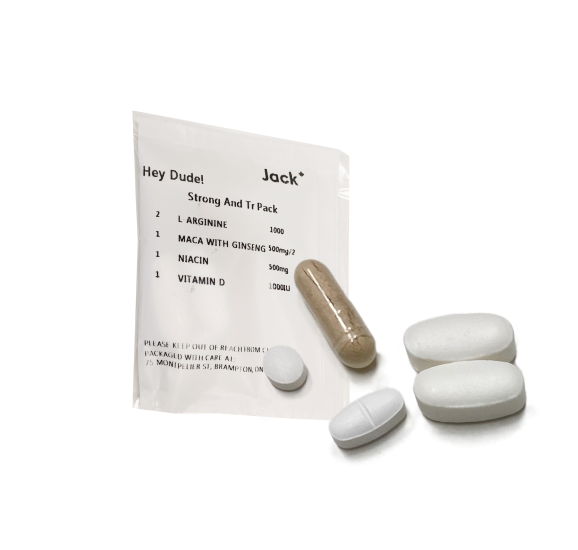Nausea and Ozempic: Understanding the Connection and Management
For many patients considering or currently using Ozempic, the prevalent side effect of nausea might raise questions. This article provides comprehensive information on this reaction and offers solutions for those affected.
In this guide, we’ll delve into:
- Ozempic’s role in regulating blood sugar levels
- What you need to know about nausea
- How Ozempic can lead to nausea
- Other potential reactions from Ozempic
- Effective strategies to handle nausea when on Ozempic
- Ways to reduce the side effects of Ozempic
- Frequently asked questions about Ozempic.
Ozempic's Role in Blood Sugar Regulation
Ozempic, a product by Novo Nordisk, is a once-weekly injectable pen used along with diet and exercise to control blood sugar levels in adults who cannot manage their type 2 diabetes with diet and exercise alone. This drug, when used correctly, can be a life-changer for many. An intriguing side effect of Ozempic is its potential in weight management by affecting hunger receptors.
For optimal weight management, it’s advised to use Ozempic along with a balanced diet and consistent exercise. It belongs to the GLP-1 receptor agonist class of medications, employing semaglutide to target the pancreas and other pathways, offering significant benefits for weight management.
It’s essential to highlight that Ozempic is approved for adults with type 2 diabetes and not for those with type 1 diabetes or related conditions. For a deeper dive into Ozempic, you can read reviews on Ozempic or learn about how long you can stay on Ozempic.
Deciphering Nausea
Nausea manifests as an unsettling sensation in the stomach, often leading to the urge to vomit. Typical signs include: • Rising body temperature • Excessive saliva production • Weakness • Shivering • Irritation in the throat and lips • Overwhelming urge to vomit.
Several factors, from alcohol intake, strenuous exercise, family history, pregnancy, food contamination, to drug interactions and stress, can induce nausea. If the cause of your nausea remains unclear, seeking a doctor’s advice is crucial.
Why Might Ozempic Induce Nausea?
While the exact cause is still under studies and trials, some theories suggest that Ozempic’s role in delaying stomach emptying might be a contributing factor. This delay can lead to prolonged food retention in the stomach, potentially causing increased abdominal pressure and nerve stimulation, resulting in nausea and other digestive issues.
Identifying Nausea Symptoms with Ozempic
If you’re using Ozempic and suspect nausea, be attentive to:
- Stomach unease
- Cramping or bloating in the abdomen
- Alternating diarrhea and constipation
- Decreased appetite
- Acid reflux or heartburn
- Vomiting episodes
- Feeling dizzy or faint.
Potential Reactions from Ozempic Like any drug, Ozempic has its array of side effects. Recognizing these effects is vital for your health. Common reactions include nausea, vomiting, abdominal discomfort, constipation, diarrhea, dizziness, tiredness, gas, and shortness of breath. These typically lessen with time.
However, some rare but severe side effects are:
- Kidney complications
- Pancreatitis
- Vision alterations, like diabetic retinopathy
- Gallstone formation
- Allergic reactions
- Potential thyroid cancer
- Heart attack signs and inflammation.
If symptoms like lumps in the neck, continuous cough, or changes in voice are observed, immediate medical attention is essential.
Handling Nausea with Ozempic
If you’re on Ozempic and facing nausea, consider:
- Adjusting your diet: Prioritize protein and fiber while reducing processed, fatty foods.
- Starting with a lower Ozempic dosage: Increase the dose gradually if required.
- Exploring home remedies: Options like ginger tea or peppermint oils might be beneficial.
- Eating frequent, smaller meals: This can mitigate the effects of delayed stomach emptying.
- Avoiding reclining after eating: This can help prevent worsening nausea.
- Thinking about anti-nausea medications: Always consult your doctor before introducing any new medication.
Reducing Ozempic's Side Effects
To mitigate Ozempic’s side effects:
- Alternate injection sites: This can help avoid skin irritation.
- Properly store Ozempic: Adhere to storage guidelines to ensure its effectiveness.
- Share your medical history: Make sure your doctor is informed about your health background.
- Limit alcohol intake: This can decrease nausea and boost Ozempic’s effectiveness.
For more comprehensive information on Ozempic, particularly about discontinuing its use or its interactions with food and other drugs, always consult a healthcare professional. If you experience signs of breathlessness or any other unusual symptoms, it’s crucial to inject caution and consult your healthcare provider immediately.
Key Takeaways
While Ozempic offers multiple benefits, it can also introduce gastrointestinal side effects, primarily nausea. However, with the right strategies, these effects can be managed. If you have concerns about your Ozempic experience, always reach out to your healthcare provider.
Frequently Asked Questions
• How long do Ozempic side effects last?
Most reactions subside within days or weeks, but some may linger. Always consult your doctor if worried.
• How can side effects be minimized?
A combination of home remedies, proper storage, and dietary modifications can assist.
• What if nausea persists?
If nausea continues despite taking precautions, consider discussing alternative treatments with your doctor.




















 (US)
(US)



